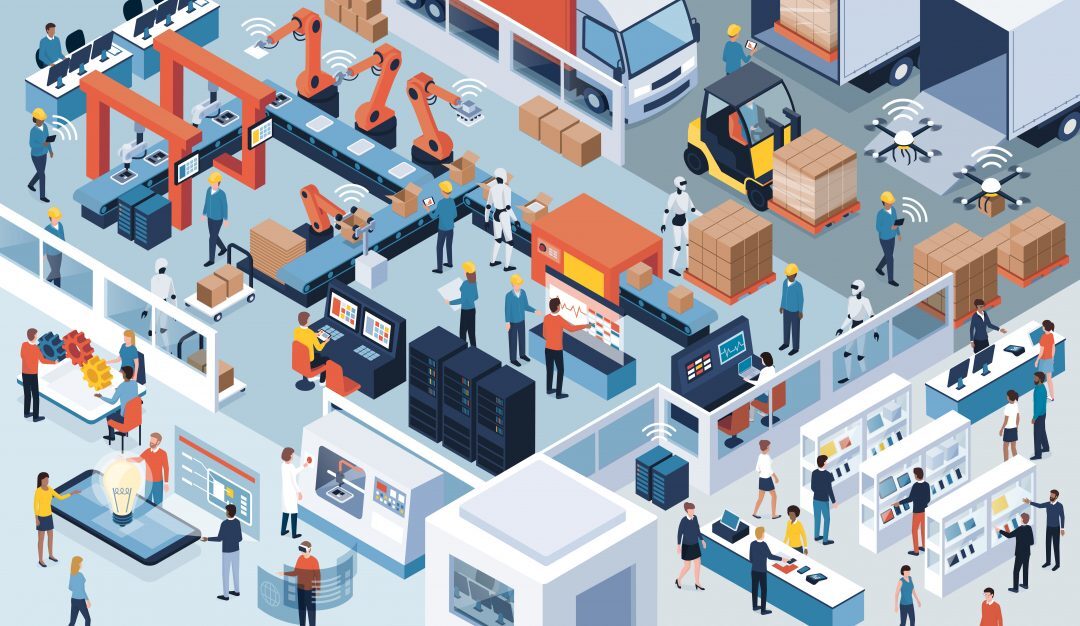An Accurate and Deep Understanding of Automation in Industries

Automation in industries is revolutionising the way businesses in every industry operate. Automating certain processes can help minimise manual labour, costs, and time spent on tedious tasks. Automation also increases efficiency, accuracy, and consistency, reducing human errors and helping organisations operate more smoothly. Automation is the way of the future for the industrial landscape and is vital for staying competitive.
What are the Automation Basics?
Automation in industries has become increasingly popular in industrial settings, as it can improve efficiency, reduce costs, and improve safety. Automation is used to control and monitor production equipment, such as machine tools and robots. Automation systems can also be used to track and manage inventory, as well as to increase productivity and reduce costs. Automation in industries can be used to increase the accuracy of multiple processes and eliminate human error. Additionally, automation has been used to automate tasks that are considered too dangerous for humans to perform.
Automation in industries can be divided into two broad categories:
- process automation
- discrete automation
Process automation in industries is used in application areas such as chemical, food, and beverage production and consists of automated technologies, such as robotic arms and conveying systems, which are designed to automate production processes. Discrete automation is used in industrial applications, such as manufacturing, material handling, and machine control, and includes computer systems or robotic machines used to facilitate operations such as welding and assembly. Process automation is often used together with discrete automation to create a single, highly efficient automated system.
Overall, automation in industries has revolutionised the way many industries operate, allowing for more efficient and cost-effective production. Automation is used in numerous ways in nearly every industry, from controlling the production process to reducing labour costs to ensuring the safety of workers. Automation has even made it possible for certain processes to operate with little to no human intervention. As automation technology continues to evolve, its applications are likely to become increasingly valuable to industrial operations.
Advantages of Automation in Industries
- Improved Productivity: Automation in the workplace, whether industrial or non-industrial, can greatly improve the production capacity of businesses. Robotics and automated systems can operate 24/7, meaning that businesses can improve their output within a faster time frame. This can provide a competitive advantage in the market, as well as improve the bottom line of the business.
- Reduced Risk of Injury: Automating industrial processes can significantly reduce the risk of workplace injury. In the past, repetitive tasks were undertaken by manual labour, leading to the risk of strain and burnout. Automated tasks allow for more evenly distributed workloads, reducing physical strain and accidents on the job.
- Reduced Human Error: Automating tasks reduces the risk of human error. Automated systems are usually built around optimised workflow processes and perform functions based on a variety of parameters. As a result, businesses can expect more accurate production results and effectively reduce the risk of costly mistakes.
Conclusion
By investing in software engineering capabilities in India, companies can effectively harness automation in industries and turn it into a strategic advantage. Organisations need to ensure that software engineers have the skill sets and technical know-how to execute projects successfully and quickly. Additionally, it is important for companies to look for opportunities to combine their software engineering efforts with their existing manual processes.



